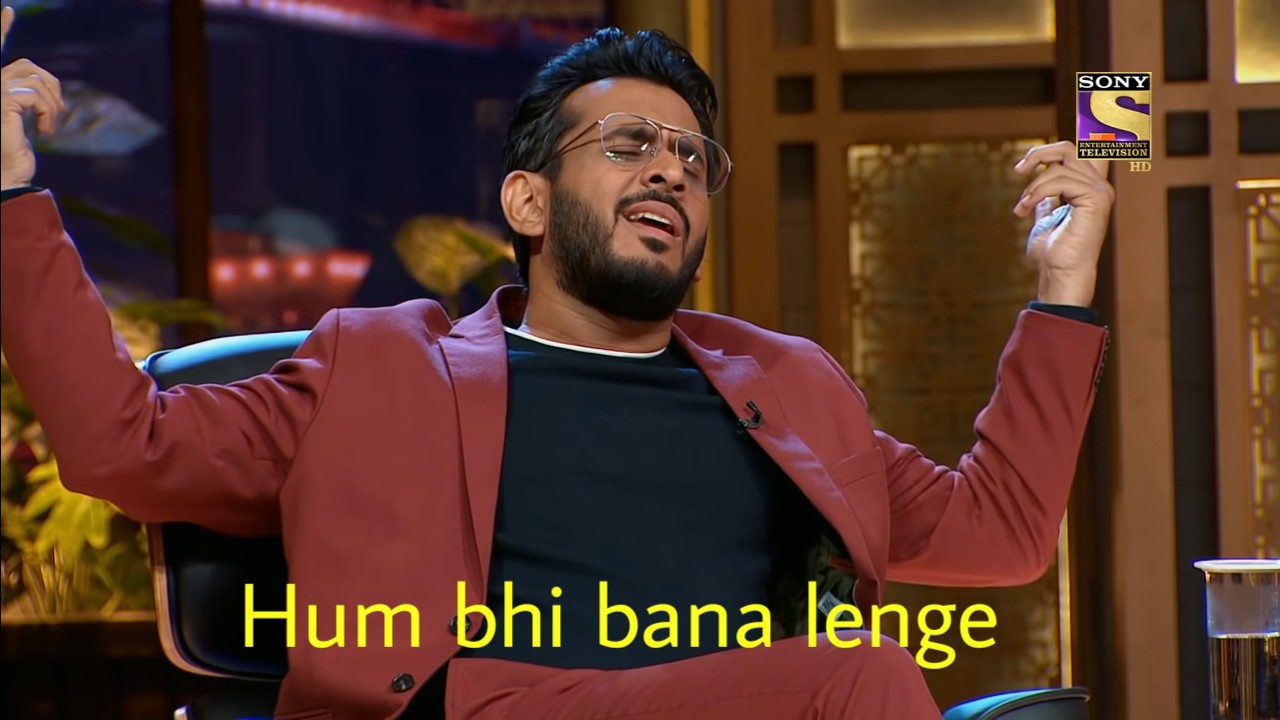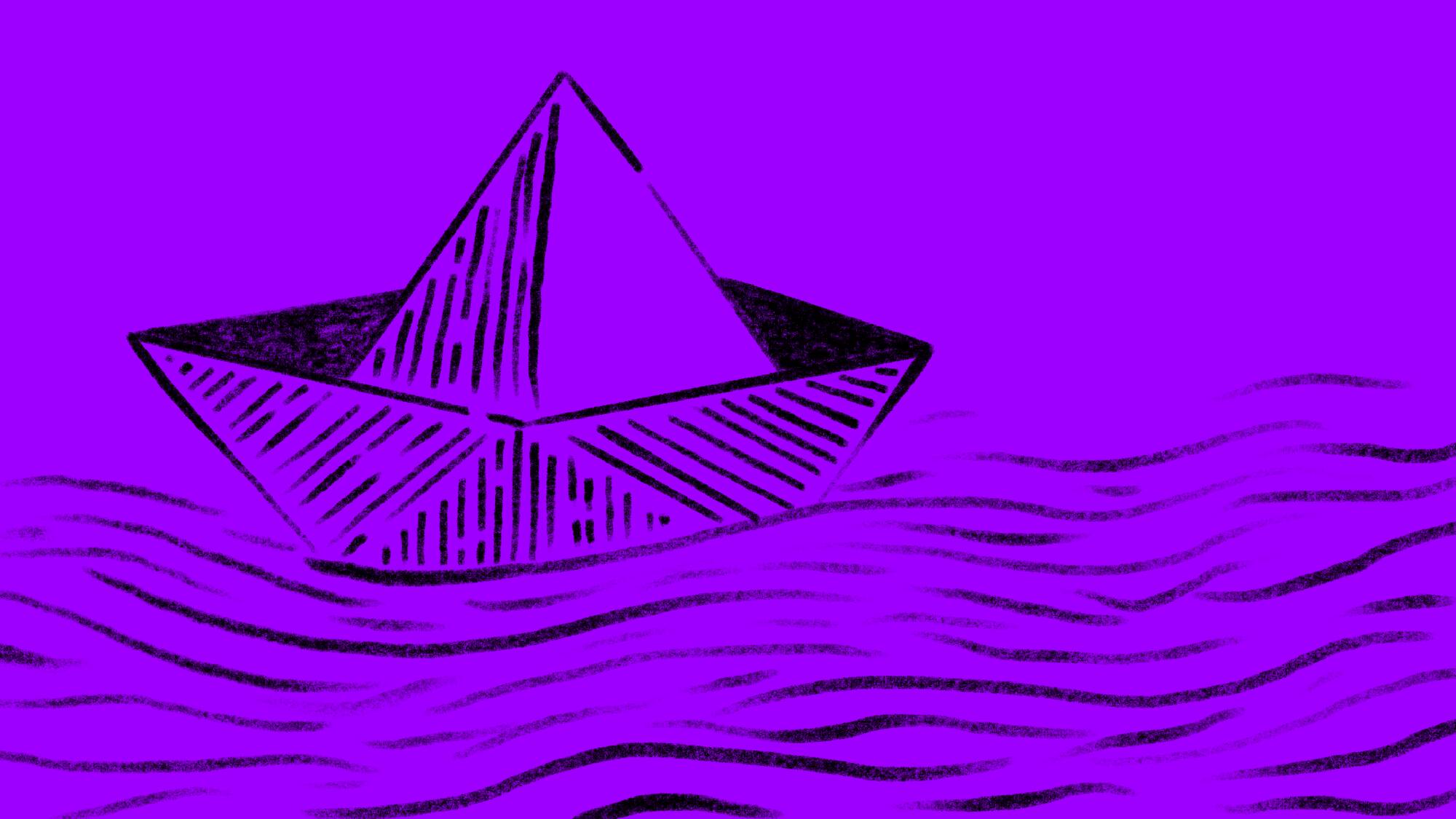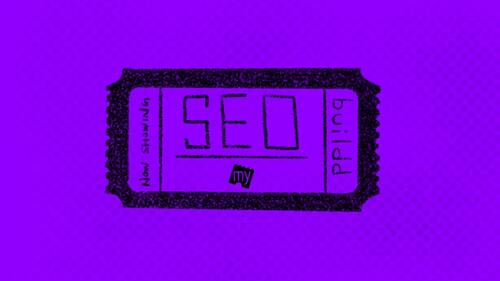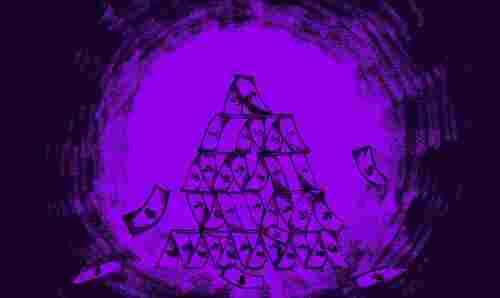Love it or hate it, you can't ignore the fact that Shark Tank has made 'startups' a household discussion in India today!
In one of the pitches, when the sharks (investors) were fighting for a deal, Ashneer Grover (co-founder of BharatPe), claimed that he has the largest network of retail shops in India.
To which Aman Gupta, co-founder of boAt, was quick to respond, "O hum bhi bana lenge", literally meaning, "he can also easily build such a network".

Now, Aman may have become popular for his quirky personality on Shark Tank, but the business he's built at boAt is no small feat. In 2021, boAt made INR 700 crores in revenue, are already profitable and only this week, filed for an IPO!
Of course, we were intrigued and dug deep into how Aman & his co-founder, Sameer Mehta, built India's largest lifestyle brand. Read on!
First, a bit of history. Let’s travel back to 2016!
The headphone market in 2016 was heavily crowded. There was crazy competition in every segment and price range. For instance, Beats & Bose were leaders in the premium segment, while Sennheiser & Sony were known for their high audio quality across price ranges. There was no chance a new player could compete with these brands!
But there was still an important narrative most of these brands were missing. For the young generation, headphones weren’t just supposed to be about quality audio or amazing comfort.
Rather headphones were supposed to be a fashion accessory — something they could flaunt & something that could make a statement for them!
I still remember the first wired headphone I bought. It was an Audio Technica over-the-ear headphone, which you could fold and keep in a small pouch. I was so excited by the "folding" feature that I used to flex about it in front of my friends, more than the audio quality of the headphones.
Aman Gupta caught on to this problem and partnered with Sameer Mehta to create a lifestyle brand centered around audio products.
Now when you enter a crowded market, there's a high chance that some companies will already have a solution for the problem you want to solve. But there's also an upside to it. You get to validate if the problem you spotted is big enough & worth solving.
Beats was a great validation for “headphones as a fashion accessory”. But they were priced insanely. So Aman & Sameer used this validation and set out to make these fashion accessories affordable.
Think big, start small
In his early days, Aman Gupta worked in product management at JBL, a top audio brand globally. He got a sense of the Indian audio market and the entire supply chain. He also figured the gap of a missing lifestyle brand in the audio industry.
Now here comes another key takeaway for budding entrepreneurs. Both Aman & Sameer didn't jump to creating all possible audio products right away (headphones, earphones, etc.). Instead, they started small, with one product at a time. They first solved a common problem that the average consumer had, to test the market and build trust among the millennials.
If you have an iPhone, you know that the original charger cables break near the ends quickly. Buying a new cable is so expensive that people just make do with the existing broken cable. Aman & Sameer realised they could build an affordable product for this. These cables were an instant hit!
Shortly after, they moved on to their next product — a bass-heavy headphone. Again, they realised that the average Indian consumer loves punchy sound, and so this was also another hit for the boAt team.
Soon enough, boAt delivered hits after hits, and they came to be known as the “Zara of electronics”.
Now that we know the backstory, let's look at the business in terms of numbers.
Show me the numbers!
Let's look at the revenue numbers over the years
- 2017 — 27 Cr
- 2018 — 108 Cr
- 2019 — 240 Cr
- 2020 — 500 Cr, 5x growth in just 2 years
- 2021 — 700 Cr, 3x growth compared to 2019
Clearly, the revenue growth is phenomenal!
But for any business, it all comes down to how much profits they are making.
It's already turning a profit!
In 2019, boAt was making a profit of INR 8 Cr on a revenue of INR 240 Cr. That's just 3% profit!
But it was a good start. In 2020, the sales ballooned and they reduced operational expenses. So boAt turned a profit of INR 50 Cr on revenue of INR 700 Cr — 7% profits.
So there's surely a growth curve in their profit numbers. In fact, in 2021 they saw the profits grow by another 60%.
But 2 things to consider here:
- The margins are still razor thin for boAt, given the affordable segment they operate in
- Their net cashflow in 2019 was negative, and a meager 0.8 Cr in 2020. This means the business does not sit on a cash pile, because it needs to reinvest the profits into fixed expenses like buying inventory.
However, the fact remains that boAt has massive revenues. It's become the 5th largest wearables company globally in just 5 years!
That's no easy feat. So let's dive into what they did right to achieve such high growth in a short span of time, and look at the lessons we can borrow from them.
So what worked for boAt and what do I learn from them?
You can build a strong business even in a competitive market
boAt is a great example that having strong competitors doesn't mean you can't build a business. If you have all of the other parts figured out — a problem worth solving, great marketing, strong product, etc., you can still build an amazing brand from scratch.
Obsess about your customers' problems, not the solution or product
Just think of it — iPhone cables have nothing to do with audio products! So you really need to be passionate about solving customer pain points and not be married to an industry or a product.
Aman & Sameer did exactly that when they started. Their target audience was clear — Indian youth or millennials. So they were only worried about solving problems for their target customers, and not obsessed about building audio products.
Start small, expand later
It would have been easy for Aman & Sameer to just bring in a range of audio products when they started boAt. Most other competitors of boAt followed this path and remained just another audio brand in a crowded space.
Instead, Aman & Sameer focused on solving a single customer pain point with every product they built & launched. They cracked one product, and then moved on to the next.
Community first
Brands become popular only when you have a passionate community supporting & driving it forward. boAt is a prime example in this regard.
When you buy a boAt headphone, you aren't just a consumer of boAt. You're a boAthead, and you're cool, confident & sassy! Just like your favourite stars Hardik Pandya, Kartik Aryan, Neha Kakkar and others.
Online channels are the future
You'll hardly see any boAt ads on TV or print. They have stuck to online channels from the start and used a mix of social media, paid ads & influencers to market their products.
boAt's target customers are young people, who are influenced by the internet heavily. So online channels naturally made sense for them.
However, online channels work great for a much wider audience as well, given they are cost effective and have more reach, when compared to traditional TV or print ads.
In essence, the boAt Aman & Sameer set out to buildd has become a ship now! It only remains to see how far they are able to sail.
With an IPO on the cards, we'd say there's a bright future ahead for this boAt, or should I say ship 😉








